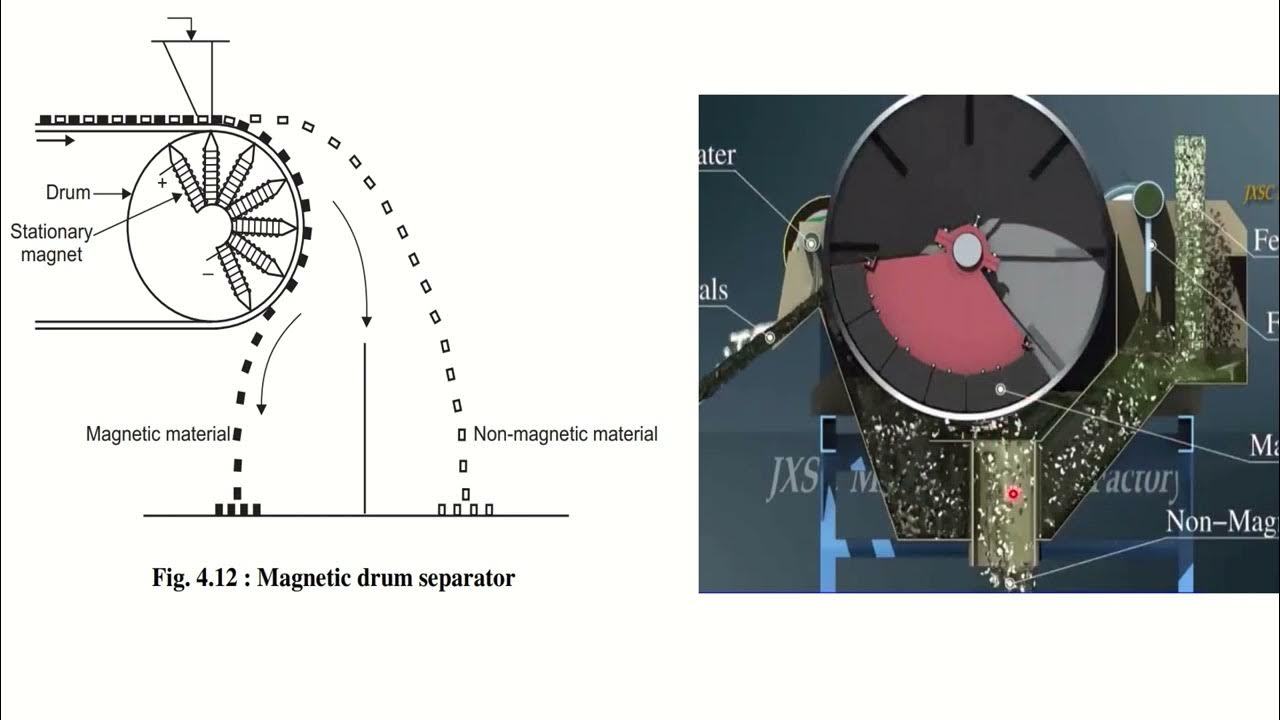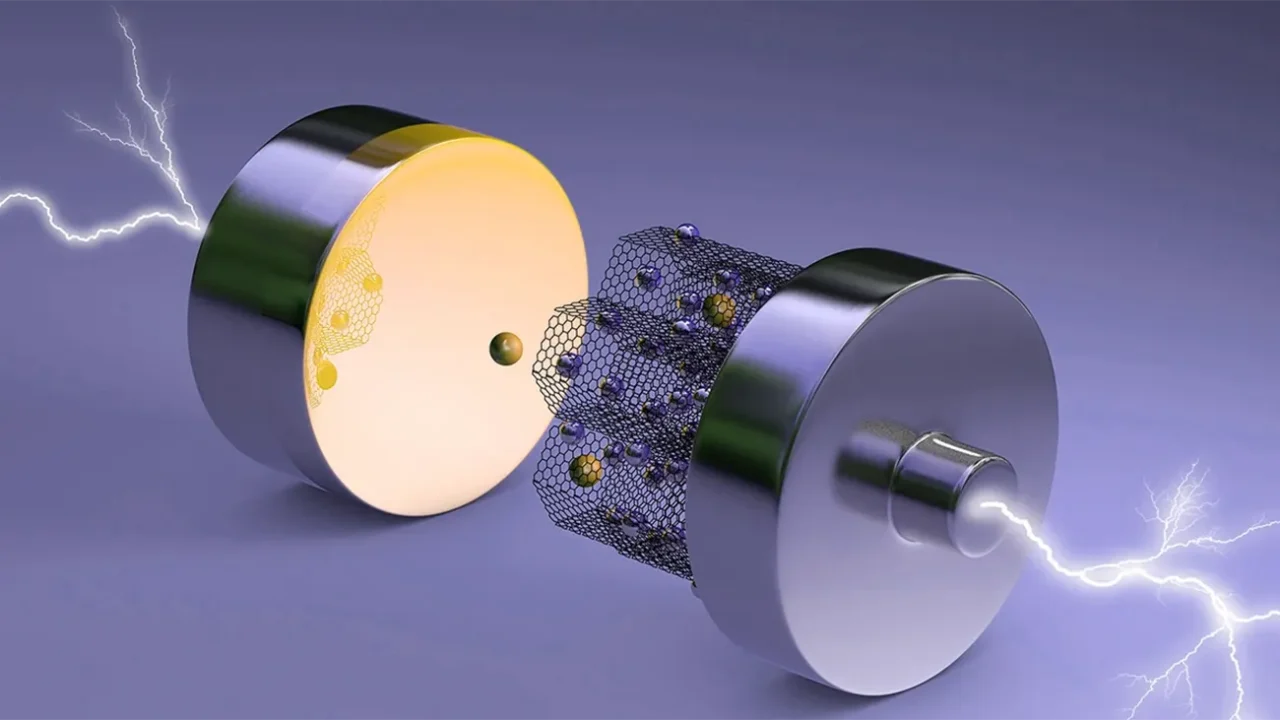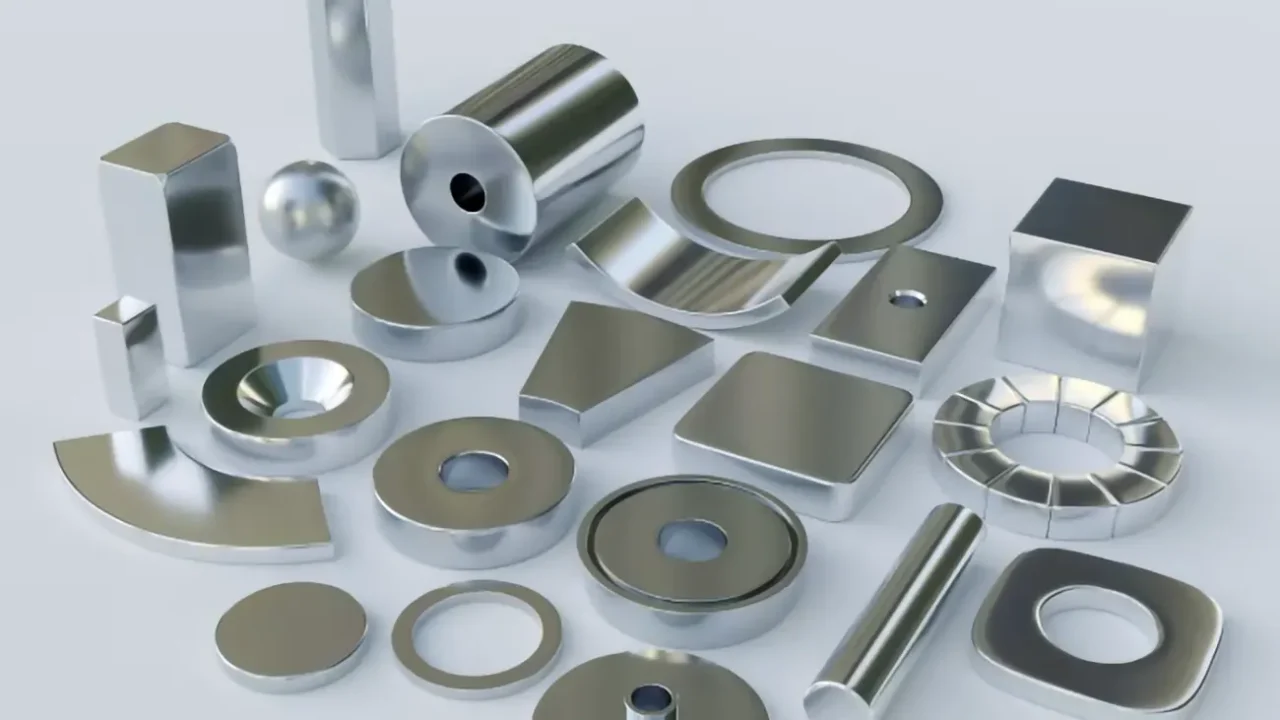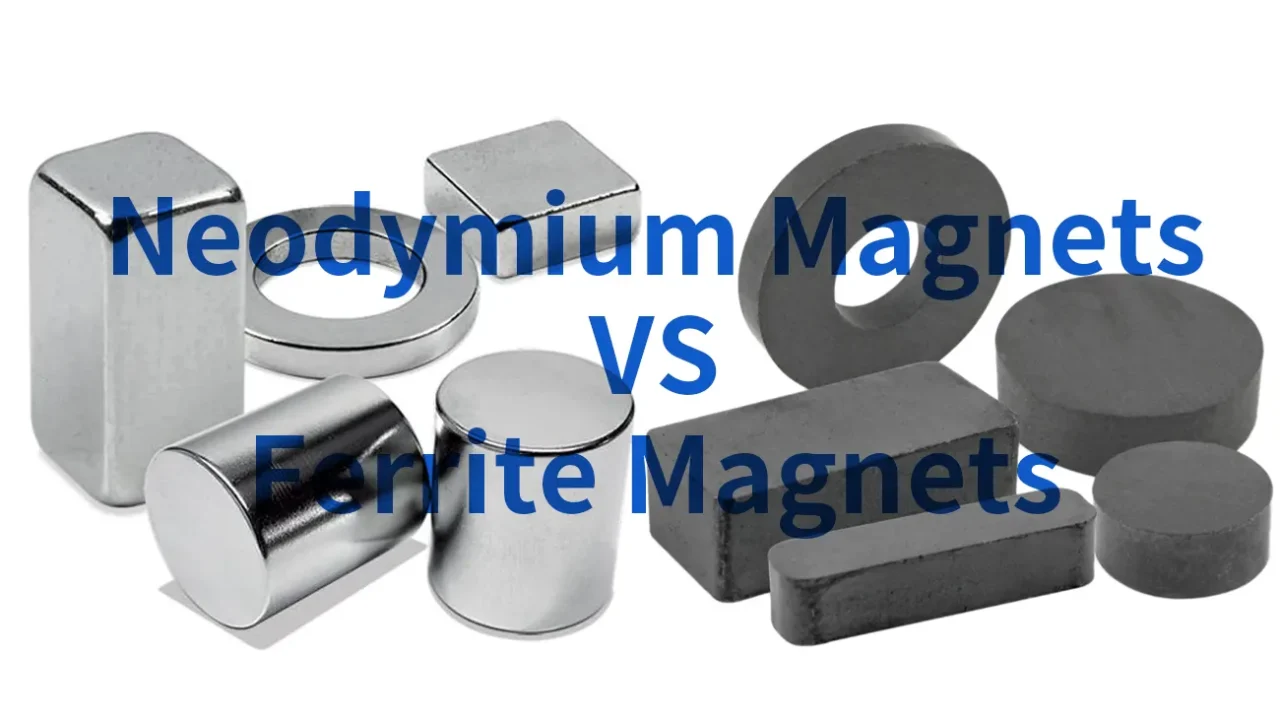How Does a Magnetic Drum Separator Work: Complete Guide
Ever wondered how does a magnetic drum separator work to pull metal contaminants from your product stream like magic? These […]
How Does a Magnetic Drum Separator Work: Complete Guide Read More »









